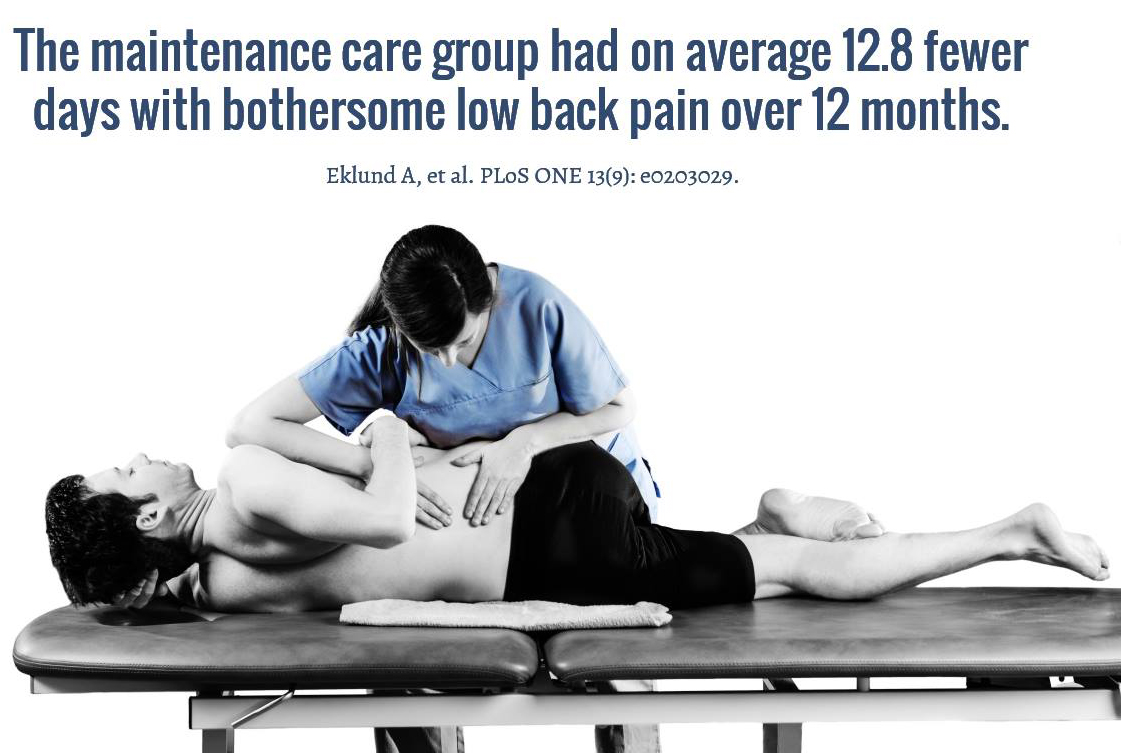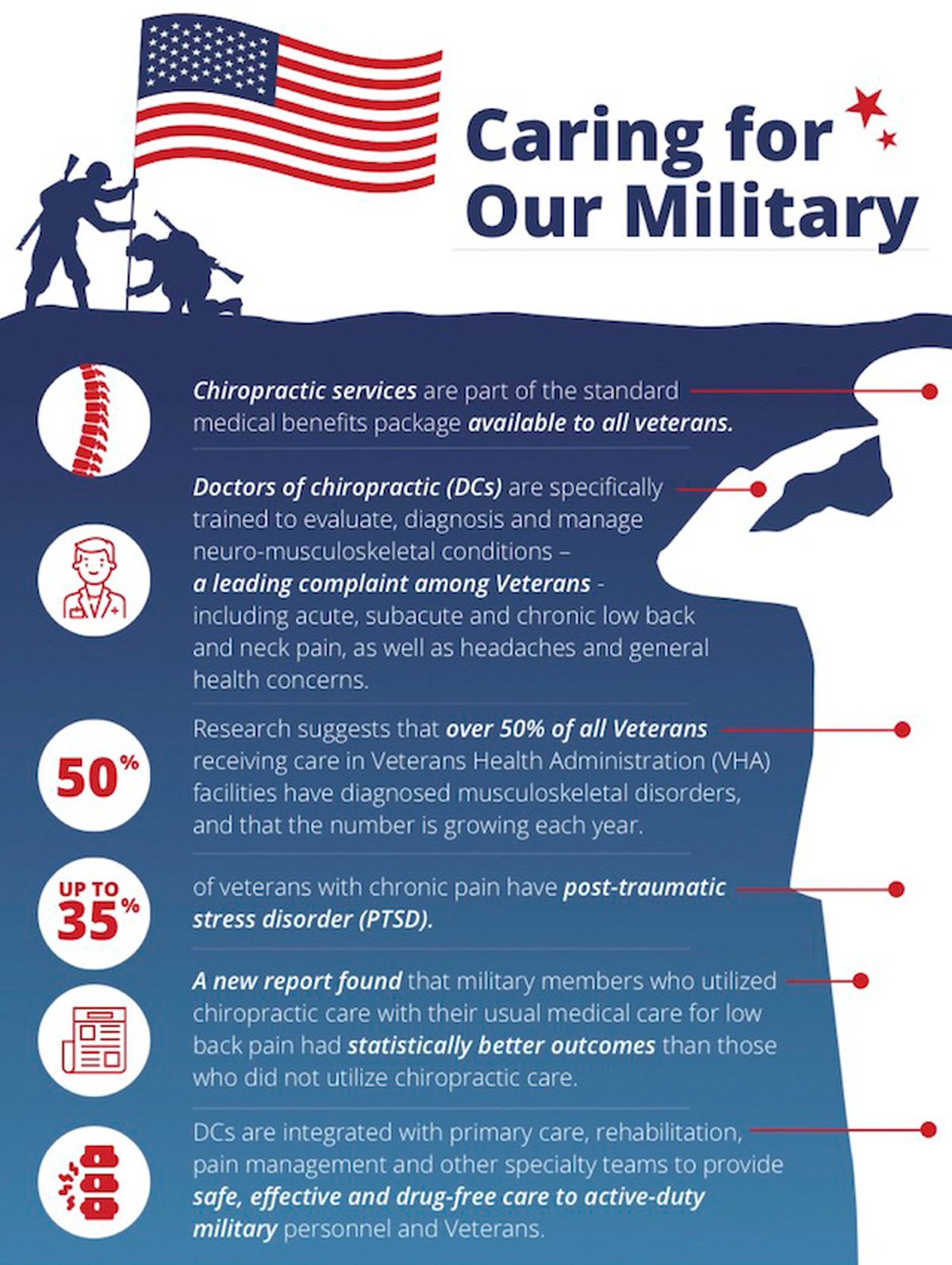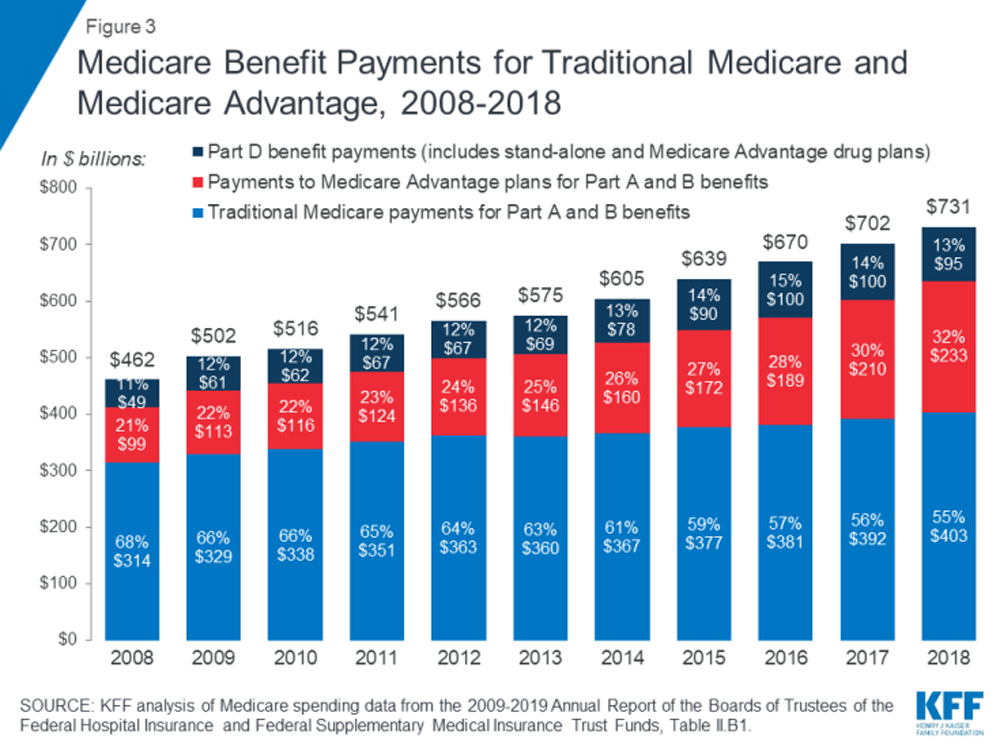Zen and the Art of Chiropractic Maintenance
An Inquiry Into Health Care Values
SOURCE: Dynamic Chiropractic
By Anthony Rosner, PhD, LLD [Hon.], LLC
With all due respect to Robert Pirsig’s classic tome of the 1970s, [1] the book title couldn’t be more appropriately applied to both the state and lack of recognition of chiropractic health care.
As Pirsig explains in his introduction, the book itself isn’t an expostulation on orthodox Zen Buddhist philosophies, or for that matter motorcycles. Rather, it describes a journey with philosophical reflections along the way.
The same might be said of chiropractic’s own journey, in this case seeking proper recognition. In particular, chiropractic from the point of view of a variety of third-party payers has been repeatedly turned down for reimbursement when it comes to matters of maintenance or preventive therapy. Completely counterintuitive, you might say, in light of the repeated and sometimes urgent declarations that we hear to the effect that the only way to control the runaway costs and inefficiency of American health care is to emphasize preventive care, placing it at the highest rather than lowest priority of interventions. [2]
The evidence from recent research clearly demonstrates that the provision of maintenance or preventive measures from chiropractors appears to deliver tangible benefits, with major impacts upon our health care system:
Cost-Effectiveness
As part of a comprehensive geriatric assessment program, the RAND Corporation studied a subpopulation of patients who were under chiropractic care compared to those who were not, and found that the individuals under continuing chiropractic care were:
- free from the use of a nursing home (95.7 percent vs. 80.8 percent);
- free from hospitalizations for the past 23 years (73.9 percent vs. 52.4 percent);
- more likely to report a better health status;
- more likely to exercise vigorously;
- and more likely to be mobile in the community (69.6 percent vs. 46.8 percent).
Although it is impossible to clearly establish causality, it is clear that continuing chiropractic care is among the attributes of the cohort of patients experiencing substantially fewer costly health care interventions. [3]
A second review of a larger cohort of elderly patients across the United States compared direct expenditures (hospital care, physicians’ services, nursing home) between groups of patients who were under maintenance chiropractic care and those who were not. [4] Nearly a threefold savings of mean annual expenditures was reported as follows: $3,105 for patients under maintenance care vs. $10,041 for patients receiving no maintenance care.
Increased Productivity





Leave A Comment